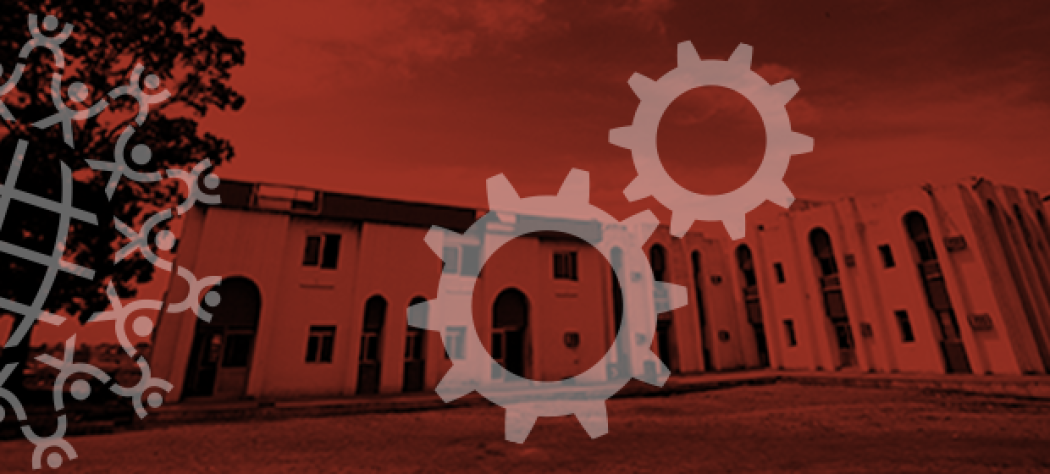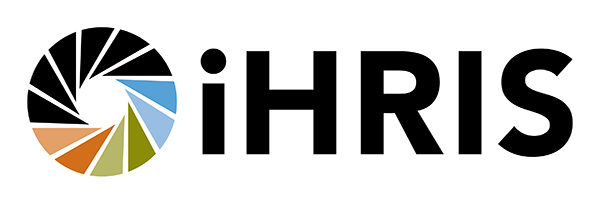3 Ways To Invest in Interoperable Health Information Systems

We know that interoperability is key to improving the effectiveness and resilience of health information systems.
As we've said before, it’s crucial to overcoming the fragmented and proprietary global health information systems we have today, and can allow governments and their stakeholders to make the most of their data, including extending, upgrading, and preserving it.
Yet how do we move from that lofty goal to practical action? For us at IntraHealth International, there are three clear pathways to greater health systems interoperability: standards, tools, and advocacy.
Interoperability Standards
Health information systems need clear standards to communicate with each other and with the wider health ecosystem. So we’re developing those standards.
For instance, through the OpenHIE effort, IntraHealth is a core contributor to the Care Services Discovery (CSD) profile, which supports queries across related directories that contain data about organizations, facilities, services, and providers.
We also contribute to the Mobile Case Services Discovery (mCSD) profile. This is based on HL7’s Fast Healthcare Interoperability Resources (FHIR) standard and supports transactions and actors similar to CSD, including pulling data on organizations, locations, health care services, and practitioners from multiple data sources and responding to queries on those resources.
Interoperability Tools
Standards are important, but without the software tools to make them useful, users won’t adopt them.
So we developed OpenInfoMan, an implementation of the CSD profile to find matching services and query for updated services transactions as part of OpenHIE. OpenInfoMan is the engine behind the CSD-compliant Health Worker Registry.
And now we’re working on an implementation of the mCSD profile to add FHIR support to the Health Worker Registry. This tool is extended from Jembi Health System’s Hearth FHIR server and gives implementers an extended set of operations beyond what is required by mCSD.
We are also developing Global Open Facility Registry (GOFR) tools, in partnership with DATIM and Digital Square, to support ministries of health as they develop and maintain master facility lists and link them with existing public sources of health facility data.
Interoperability Advocacy
Standards and tools need one last component to help communities adopt them: constant advocacy to engage decision-makers and shift from ideas to reality.
We are tireless advocates of interoperability in the US and around the world. At the Integrating the Health Enterprise (IHE) Connectathon—the health care industry’s largest, most rigorous interoperability testing event—we connected our tools with those of other vendors to ensure that just by following the mCSD profile, any two systems can exchange data, despite being built entirely separately.
And within the Global Digital Health Network (GDHN), we promote interoperability across the international development industry. You can RSVP now to join us at the June GDHN meeting, where we will focus on interoperability across the health systems ecosystem.
Later this summer, we’re looking forward to joining many of our digital health colleagues at the OpenHIE Community Meeting in Arusha, Tanzania, to support country-owned, country-driven, large-scale health information-sharing architectures. We are particularly excited to give policy-makers an opportunity to better understand interoperability and systems thinking.
After all, learning more about the problems they face in sharing and using data drives our investment in standards.
